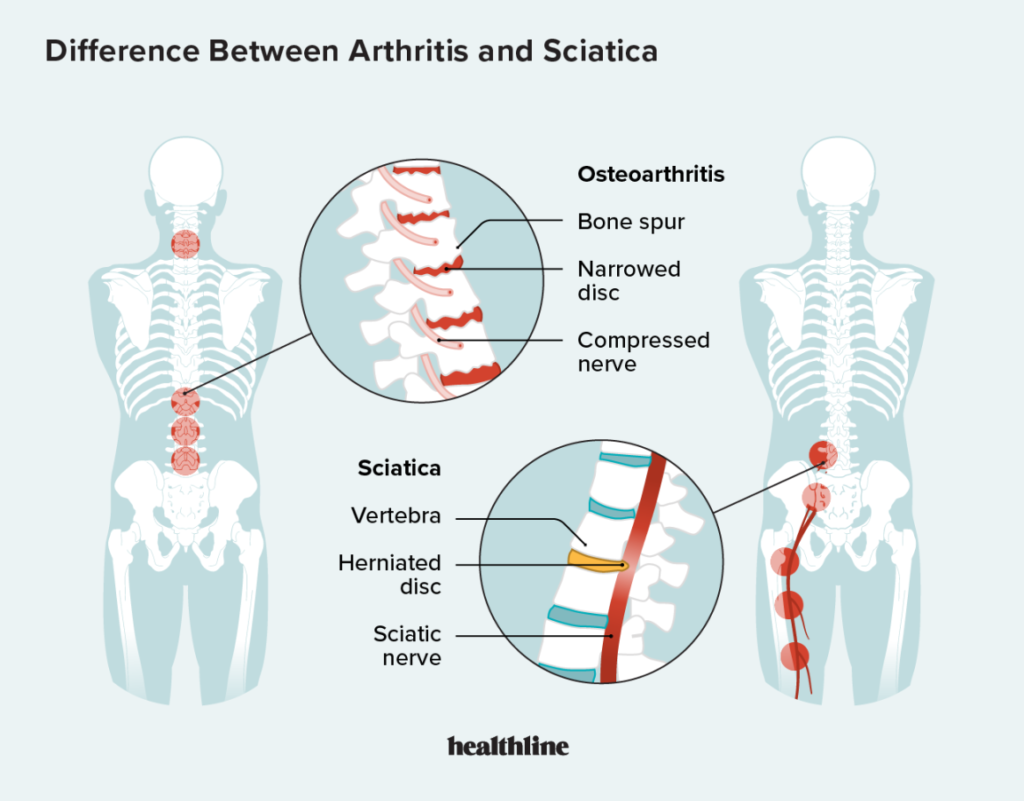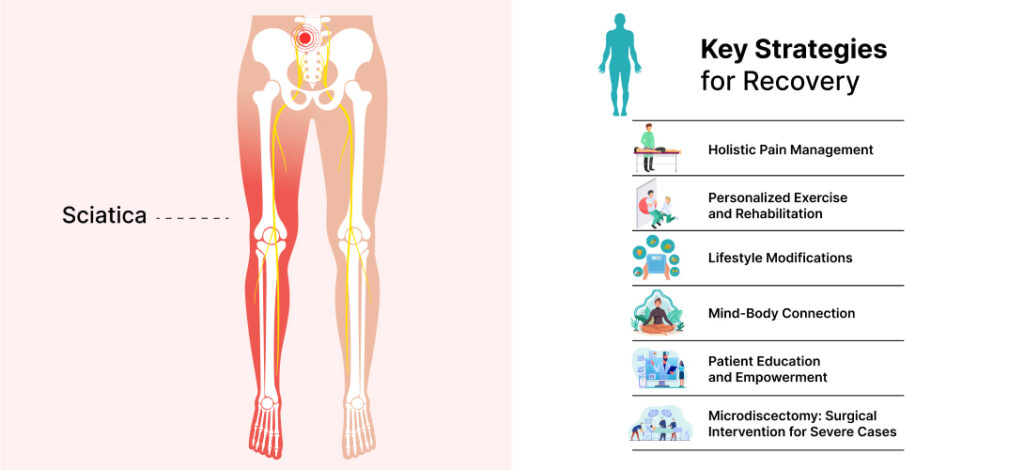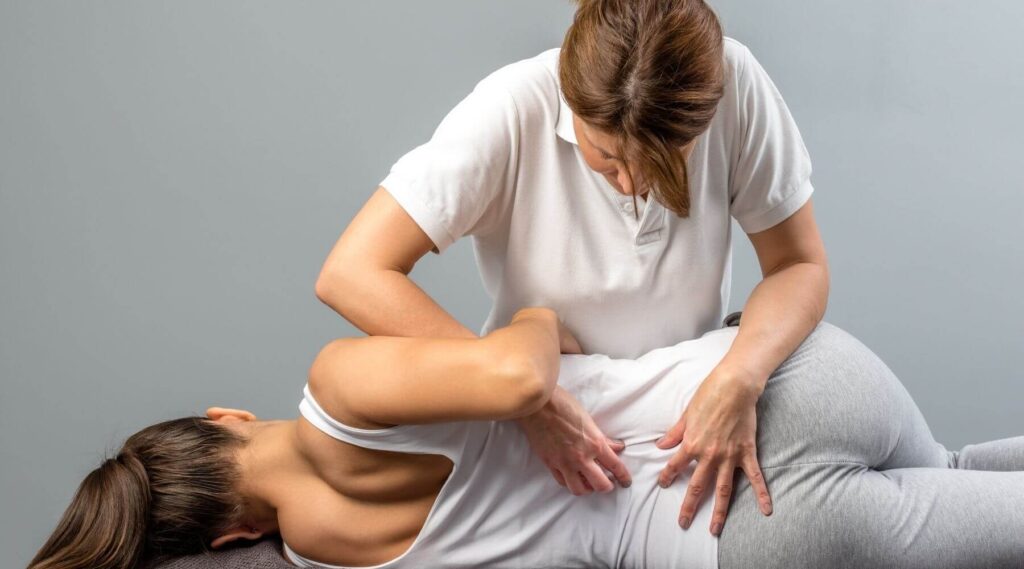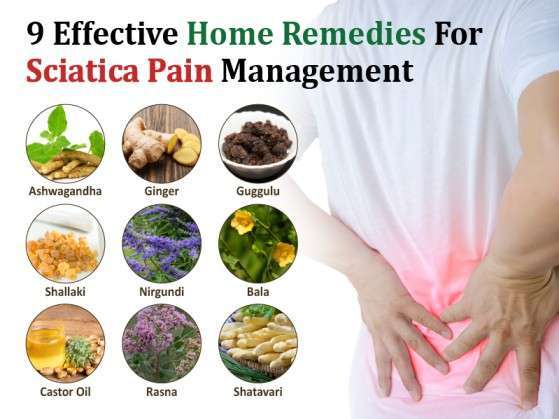Back pain and sciatica are common but distinct issues. Knowing the difference, understanding symptoms, diagnostic tests, and finding the most effective treatments are essential for effective management. Let’s dive into what sets these conditions apart, symptoms to watch for, diagnostic tools, recommended exercises, and the best conventional and herbal treatments.
Differences Between Sciatica and General Back Pain

Sciatica is a specific type of back pain that radiates along the sciatic nerve, which runs from the lower back through the hips and down each leg. It typically stems from compression or irritation of the sciatic nerve, often due to a herniated disc or spinal stenosis. Symptoms include radiating pain, numbness, or tingling along the nerve path.
General back pain can be localized in the upper, middle, or lower back and may not involve nerve pain. Causes range from muscle strain and poor posture to structural issues like degenerative disc disease. Unlike sciatica, back pain does not necessarily radiate into the legs and is usually more confined.
Key Differences:
- Sciatica: Radiates along the sciatic nerve, often causing leg pain, tingling, or numbness.
- Back Pain: Typically localized to the back area, caused by muscle strain, poor posture, or spinal issues.
Symptoms of Sciatica and Back Pain

Both sciatica and general back pain share overlapping symptoms, but distinct indicators set them apart:
- Sciatica Symptoms: Shooting pain that radiates from the lower back to the buttocks and down the leg, often on one side; numbness or tingling in the affected leg; and muscle weakness.
- General Back Pain Symptoms: Dull or sharp localized pain, muscle spasms, stiffness, and restricted movement. Unlike sciatica, pain generally stays above the hips.
Sciatica symptoms may worsen with sitting, coughing, or sneezing, while general back pain might intensify with lifting, twisting, or prolonged standing.
Diagnosing back pain or sciatica usually starts with a physical exam and medical history assessment. However, specific tests help pinpoint the exact cause and determine the most effective treatment.
Diagnosis and Laboratory Tests

Common Diagnostic Tools:
- X-rays: Used to identify structural abnormalities like fractures, arthritis, or bone degeneration.
- MRI and CT Scans: Provide detailed images of soft tissues, discs, and nerves, essential for diagnosing herniated discs, spinal stenosis, or nerve impingement.
- Electromyography (EMG): Measures electrical activity in muscles to assess nerve damage or irritation, particularly useful for sciatica.
- Blood Tests: While not directly diagnostic, they can help rule out infections or inflammatory conditions that might cause back pain.
These diagnostic tools allow healthcare providers to tailor treatments based on the specific cause of pain, ensuring more targeted relief.
Precautions and Preventive Measures

Taking preventive measures can reduce the risk of both back pain and sciatica or minimize flare-ups for chronic conditions.
Preventive Tips:
- Practice Good Posture: Maintain proper alignment while sitting and standing. A straight back and shoulders aligned with hips help reduce strain on the spine.
- Strengthen Core Muscles: Regular core exercises provide stability and support to the back, reducing the risk of injury.
- Lift Properly: Use your legs rather than your back when lifting heavy objects to prevent strain or injury.
- Stay Active: Low-impact activities like walking, swimming, and cycling help keep the back muscles strong and flexible, reducing strain.
Simple adjustments in daily activities can make a significant difference in reducing back pain and sciatica frequency and severity.
Best Exercises for Sciatica and Back Pain Relief

Exercise plays a vital role in managing and relieving back pain and sciatica symptoms. Strengthening the muscles around the spine provides support and stability, while specific stretches can alleviate nerve tension.
Effective Exercises:
- Pelvic Tilts: Strengthen lower back muscles and improve flexibility.
- Knee-to-Chest Stretch: Eases tension in the lower back and provides relief to sciatic nerves.
- Hamstring Stretches: Reduces pressure on the sciatic nerve by improving flexibility in the hamstrings.
- Bird Dog Exercise: Builds core strength, stabilizing the spine and reducing lower back strain.
- Piriformis Stretch: Targets muscles near the sciatic nerve, relieving pain and tension.
It’s essential to perform these exercises under guidance initially to prevent strain and ensure proper technique. Regular stretching and strengthening exercises improve range of motion and help maintain back health.
Top Treatments for Sciatica and Back Pain in the USA

In the USA, various advanced treatments are available to manage chronic back pain and sciatica, offering patients multiple options based on their needs and conditions.
Top Conventional Treatments:
- Physical Therapy: Targeted exercises, manual therapy, and specific stretches help reduce pain, strengthen muscles, and improve mobility.
- Epidural Steroid Injections: Reduces inflammation around the nerve roots, providing temporary relief from sciatic pain.
- Pain Medications: Nonsteroidal anti-inflammatory drugs (NSAIDs) and muscle relaxants are commonly prescribed for short-term relief.
- Surgical Options: In severe cases, surgeries like discectomy, laminectomy, or spinal fusion may be recommended to relieve nerve pressure and stabilize the spine.
These treatments aim to provide relief, improve function, and, when possible, treat the underlying cause of back pain or sciatica.
Herbal Treatments for Sciatica and Back Pain

Herbal treatments are gaining popularity for their potential to relieve pain with fewer side effects than conventional medications.
Common Herbal Remedies:
- Turmeric: Contains curcumin, which has anti-inflammatory properties that can help reduce pain and stiffness.
- Ginger: Known for its anti-inflammatory effects, ginger can help manage pain when taken as a supplement or in tea.
- Willow Bark: Acts similarly to aspirin, reducing pain and inflammation in the back and sciatic nerve.
These herbal remedies are generally safe but should be used under guidance, especially if combined with other treatments or medications.
Conclusion
Sciatica and general back pain, though often confused, have distinct causes, symptoms, and treatment methods. By understanding these differences, recognizing early symptoms, undergoing proper diagnostic tests, and incorporating exercises and preventive measures, individuals can manage and even prevent chronic pain. For those experiencing severe pain, the USA offers a range of effective treatments from physical therapy to cutting-edge surgical interventions. Incorporating herbal remedies alongside conventional treatments can provide additional relief, making it easier to manage pain in the long term.
By following a comprehensive approach to managing back pain and sciatica, individuals can improve their quality of life and reduce the impact of these conditions on their daily activities. Whether opting for physical therapy, advanced medical procedures, or natural remedies, finding the right combination of treatments is key to effective pain management.


